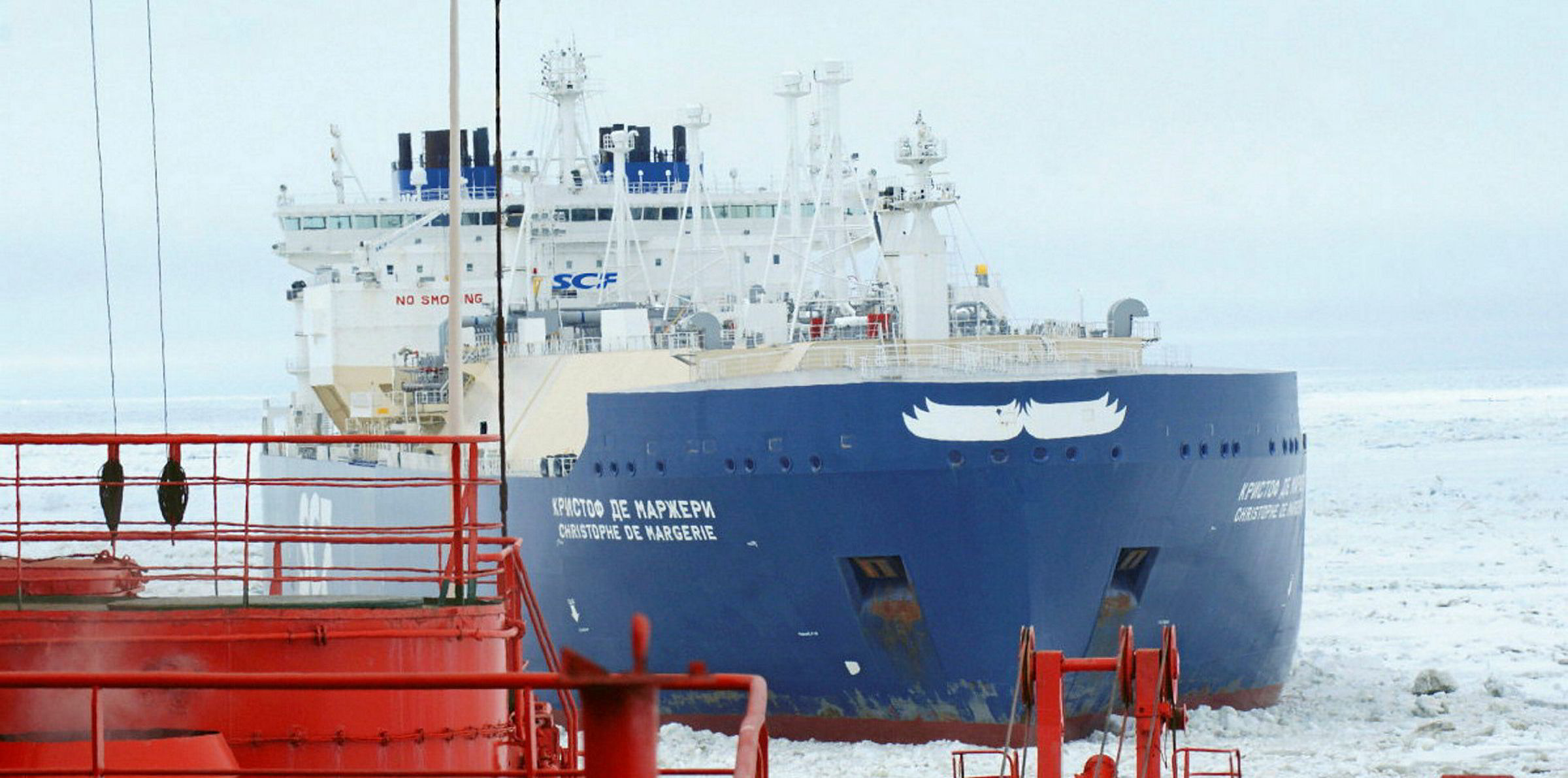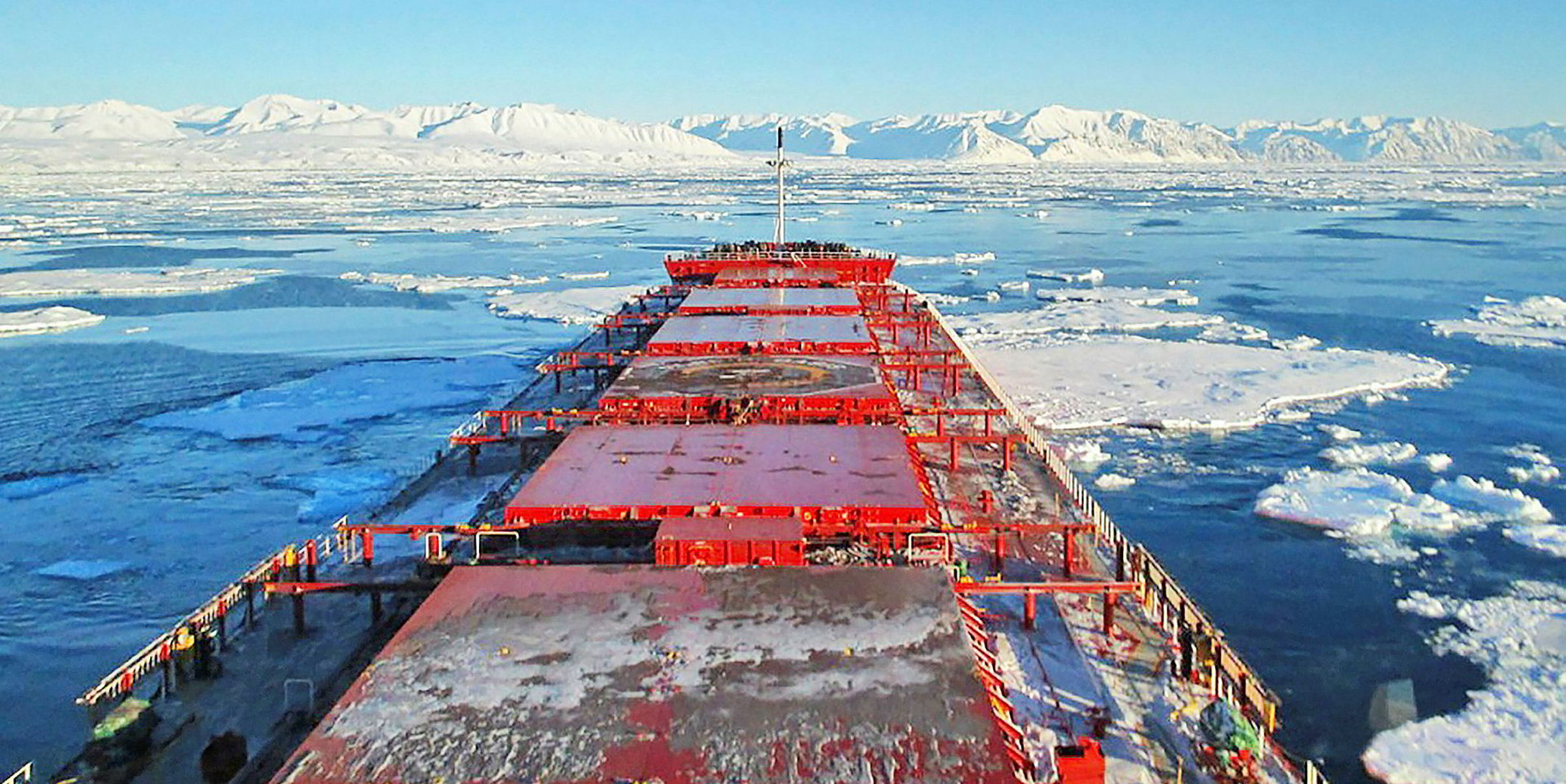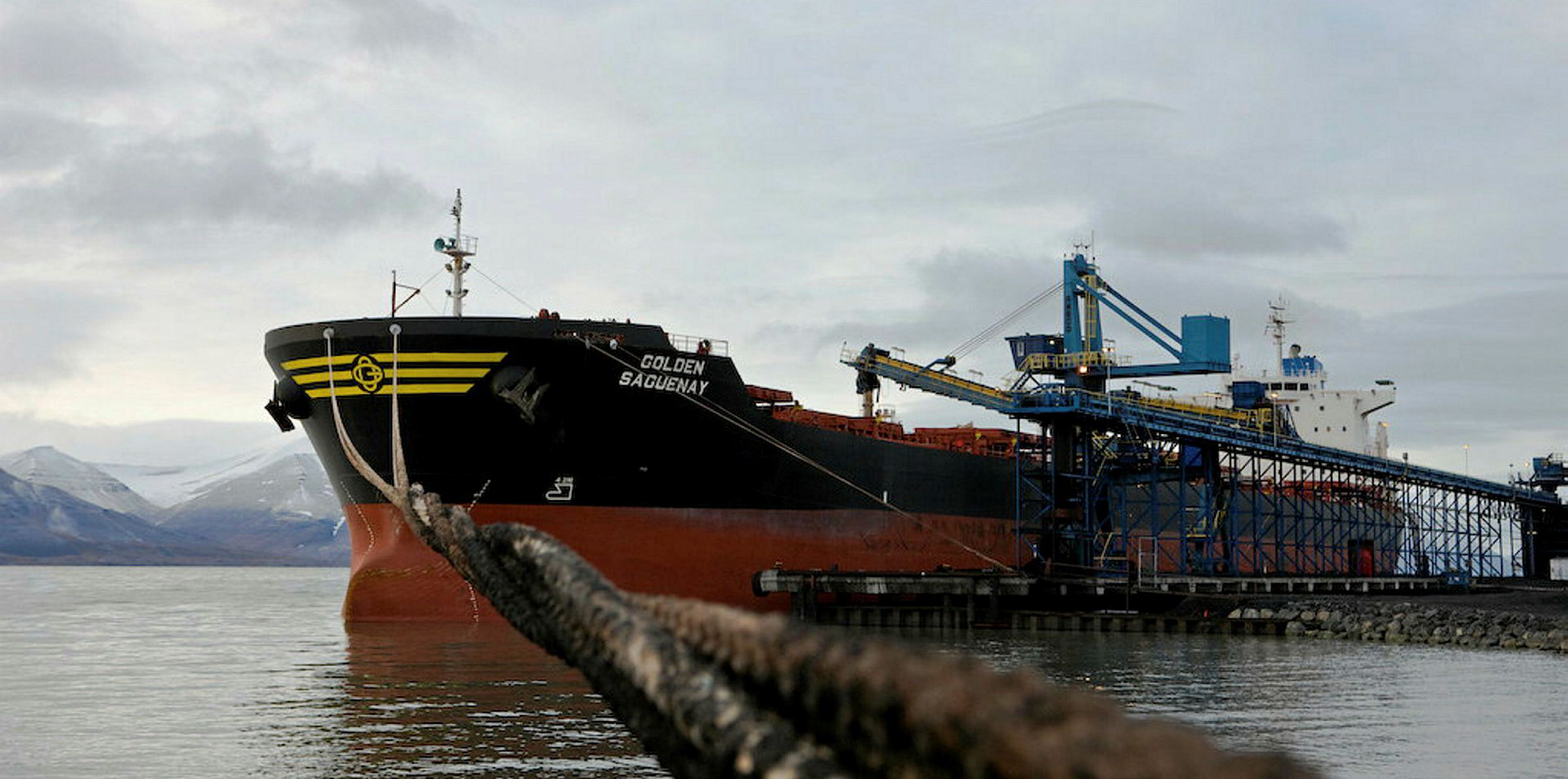Dry bulk still lags far behind energy shipping as the Arctic warms and the season lengthens.
Heavy investments in the region and a rapidly changing climate have combined to expand LNG traffic volumes.
This year, for the first time, a large LNG vessel made a full eastbound transit on the Northern Sea Route (NSR) as early as May. Sovcomflot's Arc7 ice-classed, 172,600-cbm Christophe de Margerie (built 2017) loaded gas from the Yamal project and proceeded to Yangkou in China on a voyage of 21 days.
Such a trip should have been impossible so early in the season.
According to information from the Norwegian-based Centre for High North Logistics (CHNL), which tracks NSR transits, July had previously marked the opening of the season for full transits through the icier eastern reaches of the route. September has been the peak volume month every year since 2016.
Merchant shipping on the route is still dominated by high-value and specialised cargoes that must overcome the elements to reach a buyer — often with the governments of Russia and China adding a helping hand.
General cargo
Besides tankers and offshore support vessels, plus a growing number of LNG carriers, this increasingly includes general cargoships. In particular, Cosco Shipping Specialized Carriers has spent several years building up an Arctic multipurpose general cargo service, based on anchor customers in northern Europe.
By contrast, dry bulk business on the NSR is more a matter of opportunity than necessity, as Russian mineral exports that normally head for the Atlantic look for alternative destinations.
In dry bulk, regional handysize player Murmansk Shipping accounts for many of the voyages on the CHNL list. But larger dry bulk shipments are in the works as Golden Ocean's tonnage supplier, Platano Eesti, and Nordic Bulk Carriers' parent, Pangaea Logistics Solutions, roll out larger ships for the trade.






